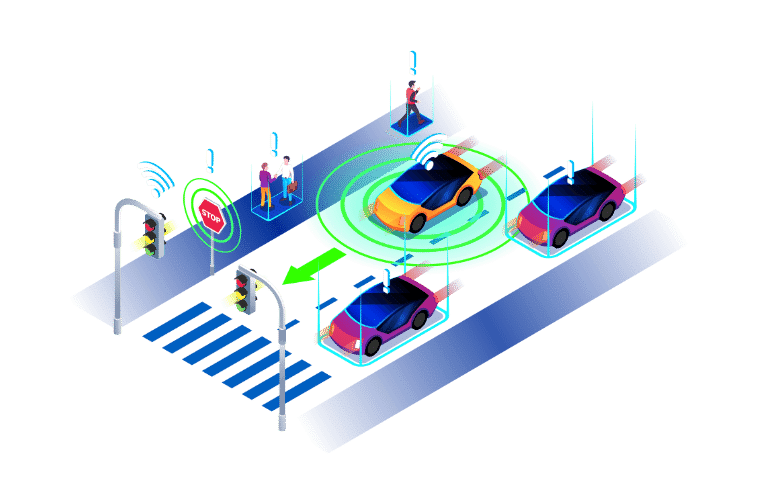Artificial intelligence (AI) has the potential to revolutionize many aspects of mechanical engineering, from design and manufacturing to maintenance and operation. Some examples of how AI is being used in mechanical engineering.
Applications of Artificial Intelligence in mechanical engineering
Predictive maintenance
Predictive maintenance involves using data from sensors on mechanical systems to predict when maintenance or repairs are needed before equipment failures occur. This can be achieved using AI algorithms that analyze data on the condition and performance of the equipment over time and identify patterns or trends that suggest an impending failure. By proactively identifying and addressing potential problems, businesses can reduce downtime and maintenance costs, while also improving equipment reliability.
Design optimization

AI algorithms can be used to optimize the design of mechanical systems and components, by identifying the optimal combination of materials or the most efficient configuration. For example, an AI system might be able to identify the optimal combination of materials for a particular component based on factors such as strength, durability, and cost. Or, it might be able to find the most efficient configuration for a system by analyzing data on factors such as flow rates, pressure, and temperature. By optimizing the design of mechanical systems, businesses can improve performance, reduce costs, and increase efficiency.
Read More: Importance of knowledge base in Artificial Intelligence
Quality control
In manufacturing, AI can be used to analyze data from sensors on production lines to identify defects or deviations from specified tolerances. This can be done using algorithms that analyze data on factors such as dimensions, surface roughness, and material properties, and compare the results to predetermined acceptable ranges. By identifying problems in real time, businesses can improve the quality of their products and reduce the risk of defects or returns.
Process optimization
AI can be used to analyze data from manufacturing processes to identify ways to improve efficiency, reduce waste, or increase productivity. For example, an AI system might be able to identify bottlenecks or inefficiencies in a process or suggest changes to the process that could help to reduce waste or increase efficiency. By optimizing processes, businesses can improve efficiency, reduce costs, and increase competitiveness.
Autonomous systems

AI can be used to enable autonomous vehicles, drones, and other types of mechanical systems to operate without human intervention. For example, an autonomous vehicle could use AI algorithms to analyze data from sensors to navigate and make decisions in real time.
Simulation and modeling
AI can be used to develop more accurate and efficient simulations and models of mechanical systems, enabling engineers to better understand and predict the behavior of these systems. For example, an AI system could be used to develop a simulation of a mechanical component or system, and then analyze the results to identify areas for improvement.
Predictive modeling:
Predictive modeling involves using AI algorithms to develop models that can help to forecast the performance of mechanical systems under different conditions. These models can be useful for design and optimization purposes, as they can help to identify the best configurations or operating conditions for a given system. For example, an AI-based predictive model might be able to forecast the performance of a mechanical system under different operating conditions, such as different temperature or pressure ranges, which can help to optimize the system’s design.
Robotic control:
AI can be used to control the movements and actions of robots, including in manufacturing or assembly tasks. For example, an AI system might be able to control the movements of a robotic arm in a manufacturing process or guide a robot through an assembly task. By using AI to control robots, businesses can improve efficiency, reduce costs, and increase competitiveness. You can also read how Ai is changing recruiting process.
Supply chain optimization
AI can be used to analyze data from supply chains to identify bottlenecks or inefficiencies and to suggest improvements that can help to increase the efficiency of the supply chain. For example, an AI system might be able to identify bottlenecks in the flow of materials or products or suggest changes to routing or scheduling that could help to reduce delays or improve efficiency. By optimizing the supply chain, businesses can improve efficiency, reduce costs, and increase competitiveness.

Conclusion:
Overall, AI has the potential to significantly improve the efficiency and effectiveness of mechanical engineering processes and systems, by enabling businesses to optimize designs, improve quality control, optimize processes, optimize supply chains, develop predictive models, and control robots.

